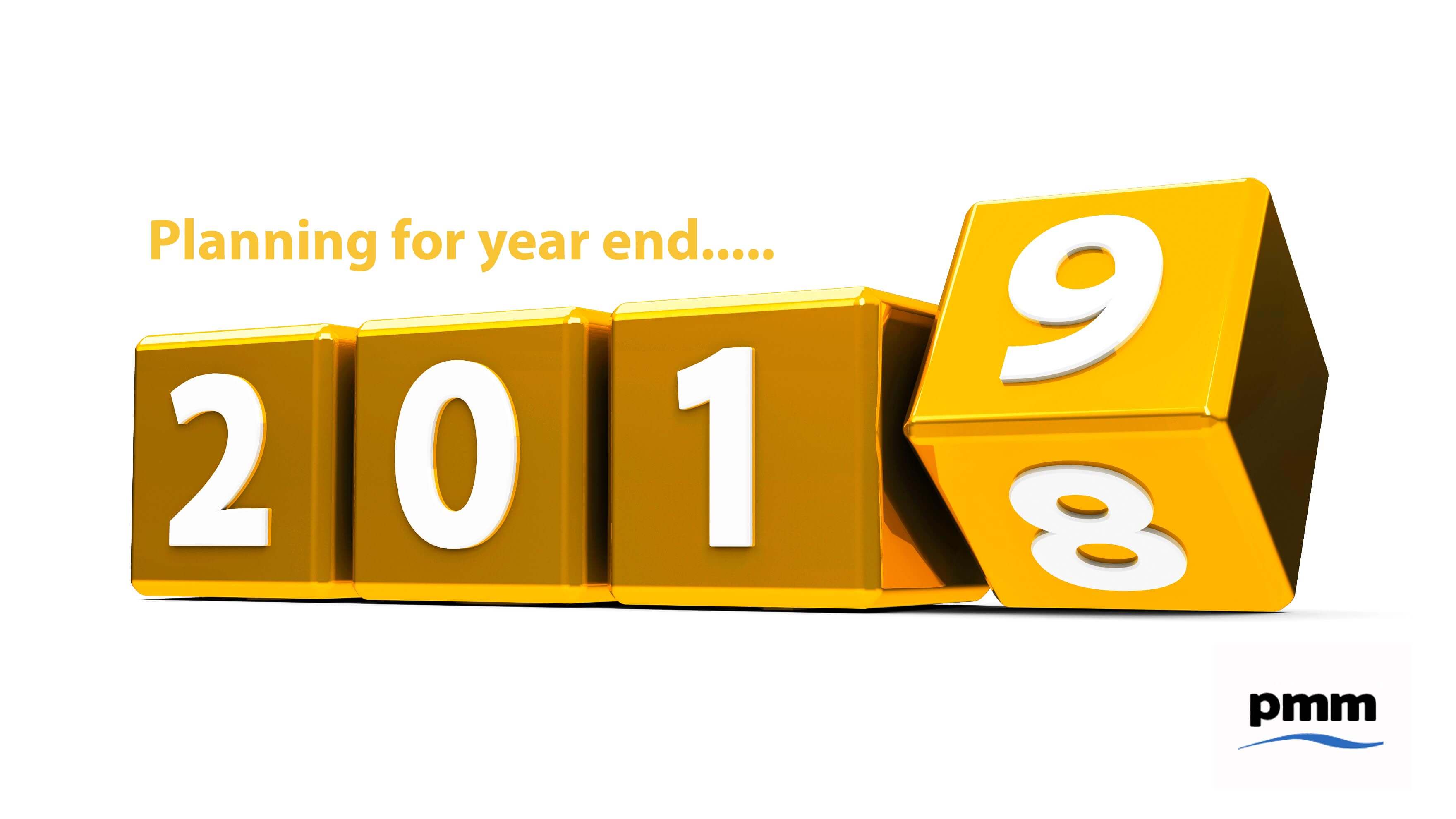It is unbelievable that we are almost at the end of 2018. With the advancements in technology and a 24 / 7 culture, time feels like it is accelerating.
The consequence of this is that we can fall into the trap of mistaking being busy with being effective.
If you are busy, all of your time is taken up. Then it is only when it is too late that you realise that you have not completed activities that should have been completed.
The impact in some cases can be severe, even career threatening. It is for this reason it is important to always be checking that activities are aligned to priorities. You can read more in the post “Making sure that your project is on course”.
However, while this article will not address how to ensure your are focused on the right activities, it will cover preparing for the year end.
Why prepare for year end?
In most of our business and personal lives, a year is a recognised benchmark that is used to measure progress.
Many set resolutions at the start and reflect at the end of the year
The same applies to organisations. Objectives are set out at the start of the year and then progress reviewed against the objectives at the end of the year.
So it makes sense to prepare for reviewing the project and change progress for the year.
What inputs do you need?
In order to prepare to conduct the review of the year, you will need to have the relevant data. Therefore, you should check to ensure that you know where the data is, or have plans how you will obtain the data.
For example:
- List of objectives set for the year
- List of projects aligned to the objectives
- List of benefits to be delivered to meet the objectives
- Latest status of projects
- Latest status of benefits
This is only an example. However, these are probably the core data items you will need.
A related topic is the PMO Year End Report. The article “Simple guide to creating a PMO year end report” contains some guidance that will help with this step.
How will information be presented?
It is important to determine how you will present the data. This can influence what data you require.
Therefore, it is a good idea to invest time thinking about the final design of your report. You should even think about working up an initial draft, populate with data you know and use place holders for the gaps.
This will provide a far better way to assess if the format is suitable and / or if you require additional data.
Make the data requests
Where you will need data outside of your direct control, make sure that you communicate this early to the people who will provide the data. You should communicate that you will be asking for the information and when (advance notice).
This allows for any challenges to be addressed and for the data provider to prepare.
You will not be popular if you make an urgent request right at the end of the year when many will quite rightly be looking forward to spending time with family and friends.
Update pack / report
When you have the data required, update the report including the placeholders. This will then allow you to be able to review and identify if there are any gaps and / or inconsistencies in the information.
Review pack / report
When you have filled all of the gaps, you should review the final pack. As part of the review make sure that it makes sense.
It is important to review the pack based on it being read without anyone presenting the information i.e. if it was emailed to the recipient(s) and there will be no one to provide context. It must stand on it’s own.
Ready to publish
If you follow the above steps you should have a pack (or if not a plan of how you will produce the pack). Now you can relax as when the actions are completed you are ready to publish.
Summary
It is an important principle in change management to plan and be prepared. This includes for year end activities.
Following the steps above should mean that you can produce a good summary as to if the objectives have been met for the year. Hopefully they have and the year can be seen as a success.






